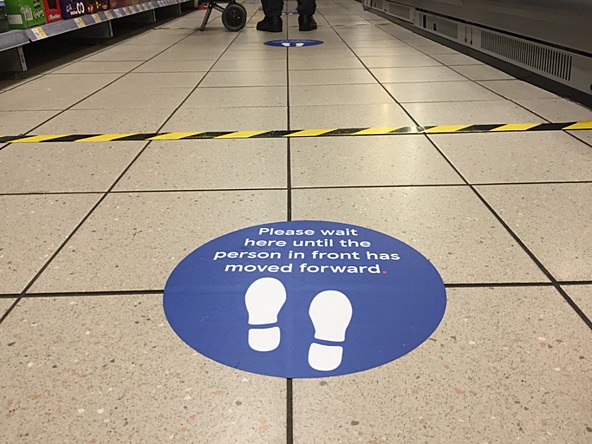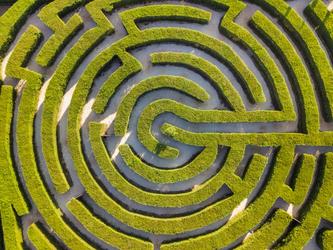Physical distancing behavioural science toolkit published

The freely available guide, Behavioural Science Toolkit to Aid Physical Distancing and People Movement in a Covid-19 World, has been produced as a resource for organisations and businesses dealing with physical distancing.
It draws on concepts such as saliency, priming, cognitive ease, defaults, building behavioural feedback, reframing and social norms.
Behavioural challenges addressed by the toolkit include preventing people from travelling or visiting at the same time, causing congestion, and preventing loitering in high-footfall areas, e.g. the bottom of stairs or escalators.
Crawford Hollingworth, founder, The Behavioural Architects, said: "The Behavioural Architects had been doing some client work around keeping people moving and physically distanced in railway stations and realised that many of the behavioural insights and subsequent interventions could help anyone struggling with this issue in schools, restaurants, offices, shops and hotels, to name a few. So, we decided to create a behavioural science guide and toolkit to aid physical distancing."

We hope you enjoyed this article.
Research Live is published by MRS.
The Market Research Society (MRS) exists to promote and protect the research sector, showcasing how research delivers impact for businesses and government.
Members of MRS enjoy many benefits including tailoured policy guidance, discounts on training and conferences, and access to member-only content.
For example, there's an archive of winning case studies from over a decade of MRS Awards.
Find out more about the benefits of joining MRS here.












0 Comments